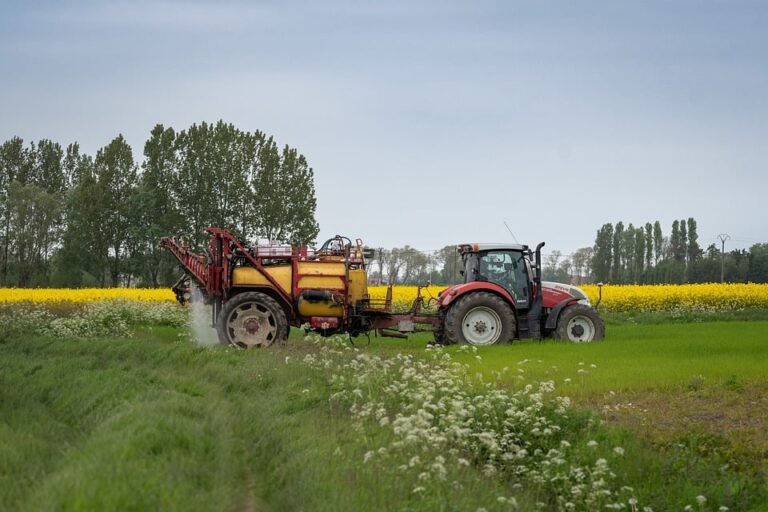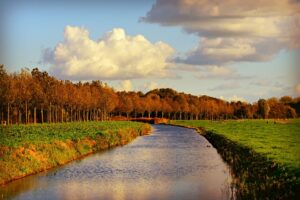The Importance of Forest Edge Settlements
Forest edge settlements play a crucial role in sustainable development by providing a balance between preserving natural habitats and meeting human needs. These settlements are located at the edge of forests, allowing residents to benefit from the proximity to nature while also promoting conservation efforts. The integration of forest edge settlements into sustainable development practices is essential for maintaining ecosystem stability, promoting biodiversity, and safeguarding natural resources.
Promoting Biodiversity
One of the key benefits of forest edge settlements is the promotion of biodiversity. By maintaining a close relationship with surrounding forests, these settlements create a buffer zone that allows for the coexistence of humans and wildlife. This helps to protect endangered species, preserve habitats, and promote ecosystem resilience.
Furthermore, forest edge settlements provide opportunities for local communities to engage in conservation efforts. Residents can participate in activities such as reforestation, wildlife monitoring, and habitat restoration, which contribute to the overall health of the ecosystem. By actively involving residents in conservation initiatives, forest edge settlements can help to foster a sense of stewardship and responsibility towards the environment.
Safeguarding Natural Resources
Forest edge settlements also play a critical role in safeguarding natural resources. By maintaining a balance between human activities and natural habitats, these settlements help to prevent habitat destruction, soil erosion, and water pollution. The integration of sustainable practices, such as agroforestry and organic farming, allows residents to meet their needs without compromising the integrity of the ecosystem.
Additionally, forest edge settlements serve as important sources of ecosystem services. These services include clean air and water, pollination, and carbon sequestration, all of which are essential for maintaining a healthy environment. By preserving these ecosystem services, forest edge settlements contribute to the overall well-being of both humans and wildlife.
Challenges and Opportunities
Despite their numerous benefits, forest edge settlements also face challenges that can hinder sustainable development efforts. One of the main challenges is the potential conflict between humans and wildlife. As settlements encroach further into forested areas, there is an increased risk of human-wildlife interactions, which can lead to conflicts over resources and land use.
Additionally, the growing demand for natural resources, such as timber and water, puts pressure on forest edge settlements to balance conservation efforts with economic development. Finding a sustainable approach that meets the needs of both humans and nature is essential for the long-term success of these settlements.
However, there are also opportunities for forest edge settlements to thrive and contribute to sustainable development. By promoting eco-tourism, sustainable agriculture, and renewable energy initiatives, these settlements can create economic opportunities that benefit both residents and the environment. Additionally, partnerships with local governments, conservation organizations, and community groups can help to strengthen conservation efforts and promote sustainable practices.
The Future of Forest Edge Settlements
The future of forest edge settlements lies in their ability to adapt to changing environmental conditions and societal needs. As the global population continues to grow, the pressures on natural resources will increase, making it more important than ever to find sustainable solutions for development. Forest edge settlements have the potential to serve as models for integrating human activities with conservation efforts, creating a harmonious relationship between humans and nature.
In order to ensure the long-term success of forest edge settlements, it is important to prioritize conservation, community engagement, and sustainable practices. By working together to protect natural habitats, promote biodiversity, and safeguard ecosystem services, forest edge settlements can play a crucial role in sustainable development. Through a holistic approach that balances the needs of humans and nature, these settlements can serve as beacons of hope for a more sustainable future.





